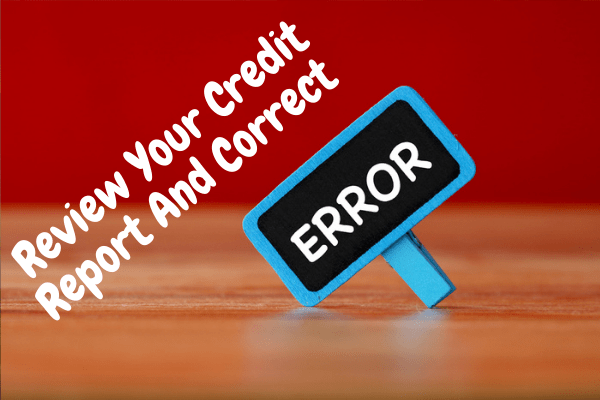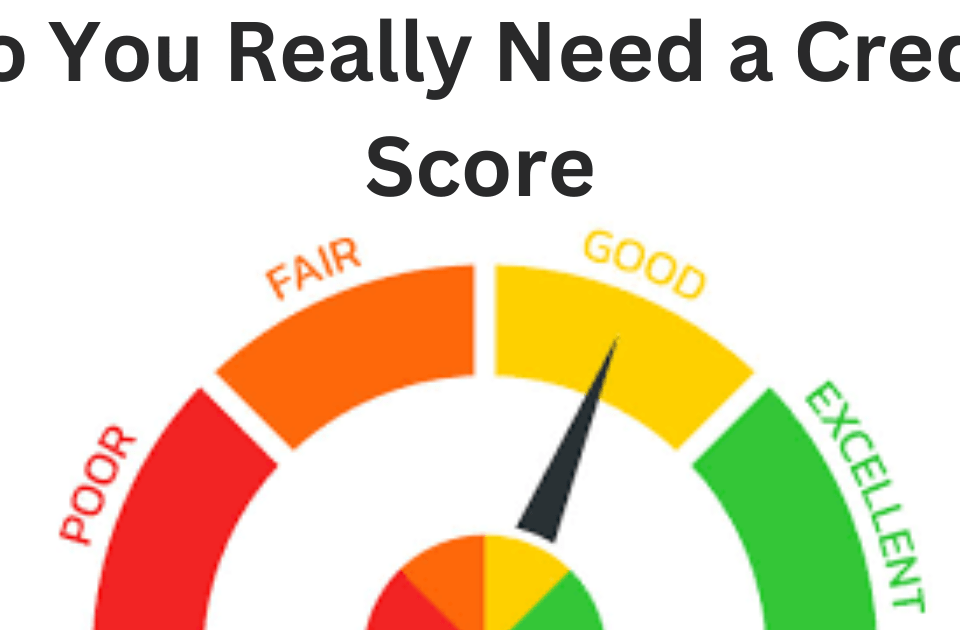Check that your personal information is correct. This includes your name, social security number, date of birth, address and telephone number. If you are married, make sure your spouse’s information is correct too. If you are divorced, the report should indicate this.Check that your employer and job title is listed. If you’ve only been on your job a short time, your previous employer should be listed as well. If you’ve only lived at your current address a short time, your previous address should be listed too.
Check that the accounts listed are yours, and that the payment history and account balances are correct. Credit card accounts will show your credit limit, the amount you owe now, and if you have paid on time.
The names of companies that have requested your report in the last six months will also be listed. Your credit report also lists lawsuits, liens and bankruptcies.
How Do I Correct Errors?
Send a certified letter to the credit reporting agency and a copy to the business that reported the wrong information. Include in your letter:
The name of the business that reported the incorrect information;
Why the information is wrong;
Copies of receipts, cancelled checks, or other documents that prove the information is wrong.
If there is incorrect information in your report, both the credit reporting agency and the businesses that reported it are responsible for correcting it.
What The Credit Reporting Agency Must Do
When the credit reporting agency receives your dispute they must:
Within 5 days, notify the business that provided the information that you have filed a dispute.
Complete their investigation within 30 days of receiving your letter.
If They Agree With You
If the credit reporting agency agrees that the information in your report is wrong, they will send you a corrected report within 30 days.
If They Disagree With You
If they conclude that the information in your credit report is correct, they must tell you why within 5 days of finishing their investigation.
If you disagree with their explanation, you can write your side of the story in a 100-word statement. This statement becomes part of your credit report.






